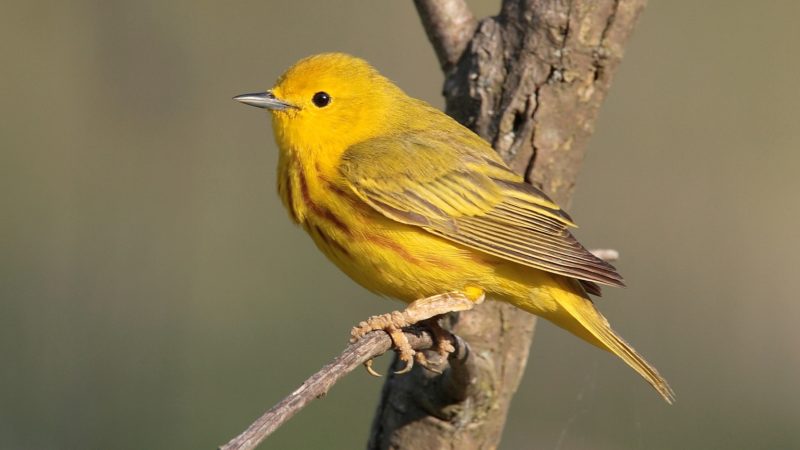Awardee: Yi-Ju Wang
Department: Ecology and Evolutionary Biology
Funding Source: Stunt Ranch Research Grant
Many different types of animals use sound to communicate. Insects, frogs, birds and mammals are all using their acoustic signals for attracting mates or repelling rivals (Rogers & Kaplan, 2000; Gerhardt & Huber, 2002; Marler & Slabbekoorn, 2004). For bird, vocal signals play an important role in mate attraction and territory defense (Catchpole & Slater, 1995; Collins, 2004), and thus communication success is likely to have influence on the fitness for a singing male. Because of this important function, we expect that birds will try to avoid overlapping with others — in time or frequency, so they can transmit their signal successfully to the focal individual for the purpose of mate attracting or rival repelling. However, according to the results of previous studies, not all studies in song birds found temporal avoidance. The data on avoidance of temporal overlap is ambiguous – it seems to occur at sometimes and not at others. Depending on our expectation that birds should try to avoid overlapping with other for attracting mate and defending territory, we would like to know what is the strategy those birds without showing temporal avoidance use. Some case studies on animals showed that by transmitting signals in different ranges of frequency, animals can also avoid masking of signals by others or by the natural environment. Nevertheless, few studies concern about spectral and temporal avoidance simultaneously in animal communication, even though both are investigated as efficient strategies. Here we want to test if song birds can use either temporal avoidance or spectral avoidance strategy, or both, to transmit their signals. I will record the sound environment at the Stunt Ranch Santa Monica Reserve, from March through June 2016 with Wildlife Acoustic SM3 automatic recorders. I will make recordings starting at 1 hour before sunrise and ending 3 hours after sunrise and store sound files with 48 kHz sampling rate in wave file. After collecting data, I will analyze the spectrogram to see if temporal or spectral avoidance appears among song birds.

